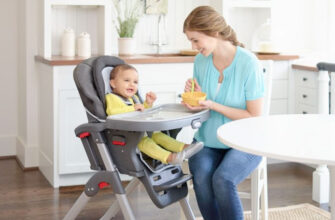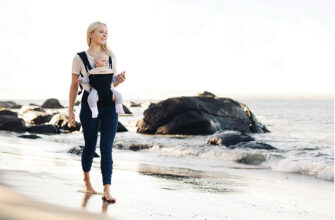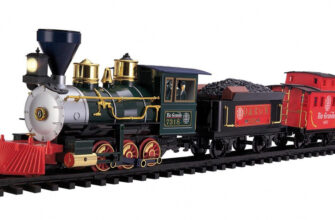Manual and electric breast pumps help with reduced and increased lactation, with lactostasis and in cases where the baby does not want to breastfeed. But sometimes they are unpleasant for a woman, and it takes too long to express milk. Therefore, it is important to choose a product that will best meet the requirements of the mother.
Top Breast Pump Makers
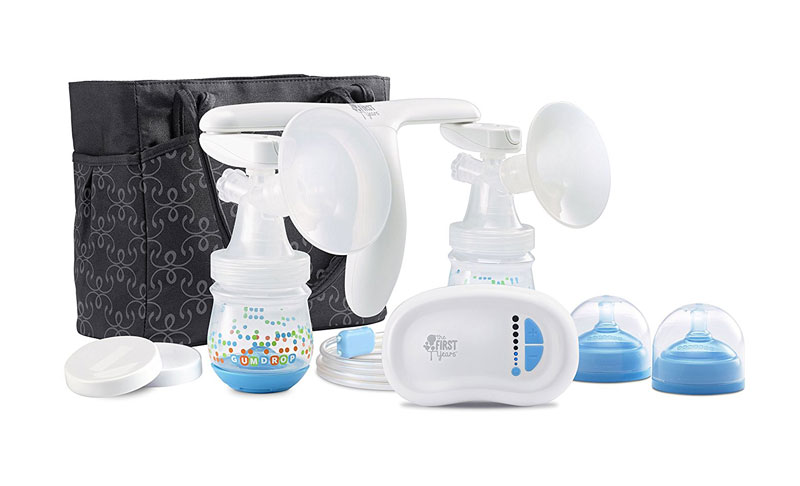
!
We recommend that you familiarize yourself with the rating of the best breast pumps according to customer reviews.
In the production of high-quality breast pumps, polypropylene is used, ideally medical. This material is highly resistant to high temperatures, i.e. products made from it can be sterilized under any temperature conditions. It is absolutely safe for the health of the child and mother.
The high quality of the product is also evidenced by the 'BPA-free' or 'BPA-free' label on the packaging. This means that the material from which the breast pump was made does not contain a substance hazardous to health, bisphenol-A.
Bisphenol-A is often found in polycarbonate plastic, which is used in many baby care products. When the temperature rises, it is released into the liquid contained in the plastic container and increases the infant's risk of tumors, diabetes and other diseases.
The following manufacturers are responsible for the quality and safety of their products:
-
Philips Avent is a leader in breast pumps and other baby care products. The company's products are manufactured taking into account the physiological characteristics of the female breast. Avent breast pumps are comfortable to use, you can express milk without leaning forward, i.e. sitting with a straight back. They have a massage funnel that promotes milk production and reduces discomfort.
-
Medela. The company's products are sold in more than 100 countries around the world. In the production of breast milk Medela uses its own patented technology, thanks to which the action of a breast pump is as close as possible to sucking a baby. As a result, more milk is expressed. Medela's quality system is ISO 13485 certified.
-
Tommy Tippee. The company's products are very popular in Europe, America, Africa, Asia, Australia and the Middle East. Breast pumps are designed taking into account the physiological characteristics of the female breast. They are comfortable, take up little space and generally are painless to use.
-
Pigeon. The company's products are created on the basis of research carried out in Pigeon's own laboratories. The production uses materials that are safe for the health of the baby.
Types of breast pumps
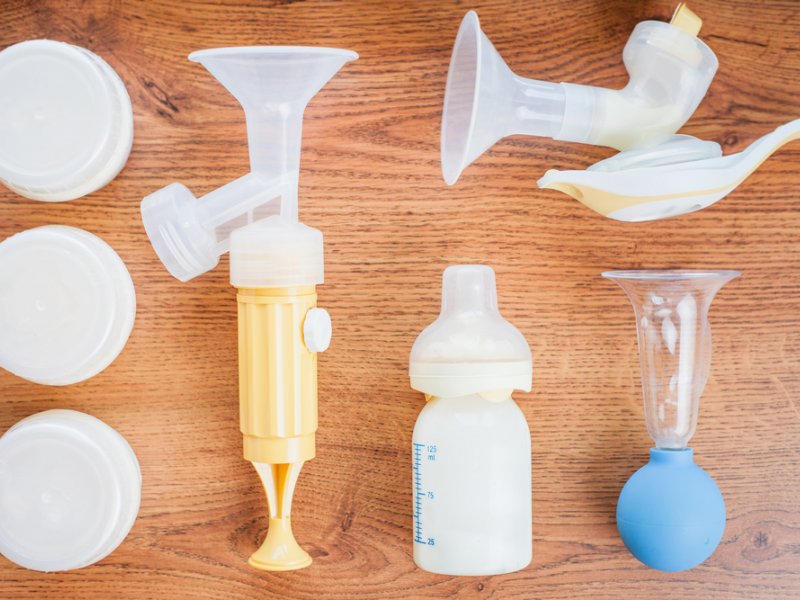
Breast pumps differ in appearance and mode of action. They are mechanical or manual and electrical. Manual models are subdivided into piston, pump, syringe. They all have their pros and cons and are suitable for different life situations.
Mechanical breast pump with pear
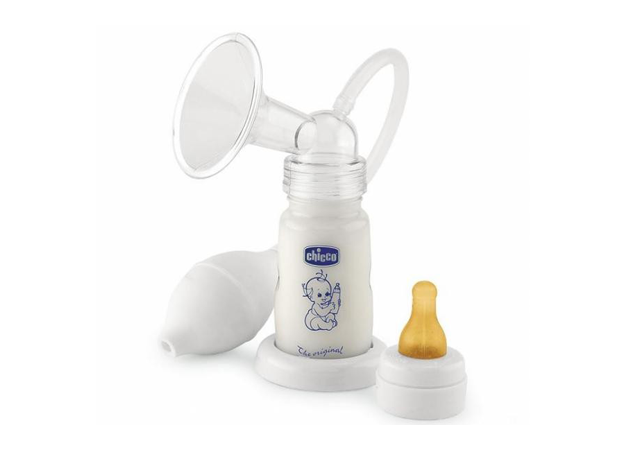
The simplest and most affordable type of breast pump. Milk is excreted by a rubber bulb (pump). Mom needs to squeeze the bulb to build up the necessary pressure and start pumping.
These products usually consist of a pump mechanism and a funnel that is attached to the nipple. Sometimes they are equipped with milk containers.
Breast pumps are not intended for permanent use. They are uncomfortable, often painful and lead to cracked nipples due to a pumping process that is very different from a baby sucking on the breast.
Advantages
-
The cheapest type of breast pump.
-
Lightweight and compact. Convenient to take with you on travel or guests.
-
Easy to clean.
disadvantages
-
Expressing little milk.
-
Sometimes painful after the first expression. Can lead to cracked nipples with regular use and bruising.
-
Milk is expressed slowly.
-
When applied to women, hands get tired.
Manual breast pump syringe
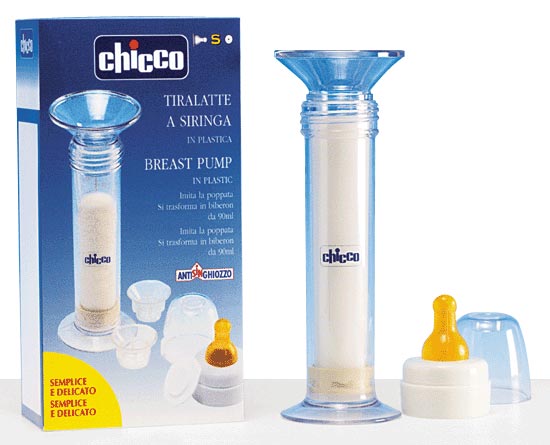
This breast pump has two cylinders: an internal and an external one. One end of the breast pump has a funnel, which is applied to the breast, followed by a transparent cylinder (pump) with divisions. The movement of the outer cylinder creates pressure and pumping.
The woman should hold the product with both hands – with one hand, hold the funnel at the chest, and with the other, move the outer cylinder.
Advantages
-
Easy to disassemble and clean;
-
Helps to correct the shape of inverted or flat nipples.
-
Can be used as a feeding bottle;
-
There is a container for collecting milk with graduations;
disadvantages
-
May cause pain when feeding.
-
Mom's hands get tired as she has to operate the breast pump for a long time.
-
Long pumping process.
-
It is inconvenient to use, since both hands are involved.
Mechanical piston breast pump
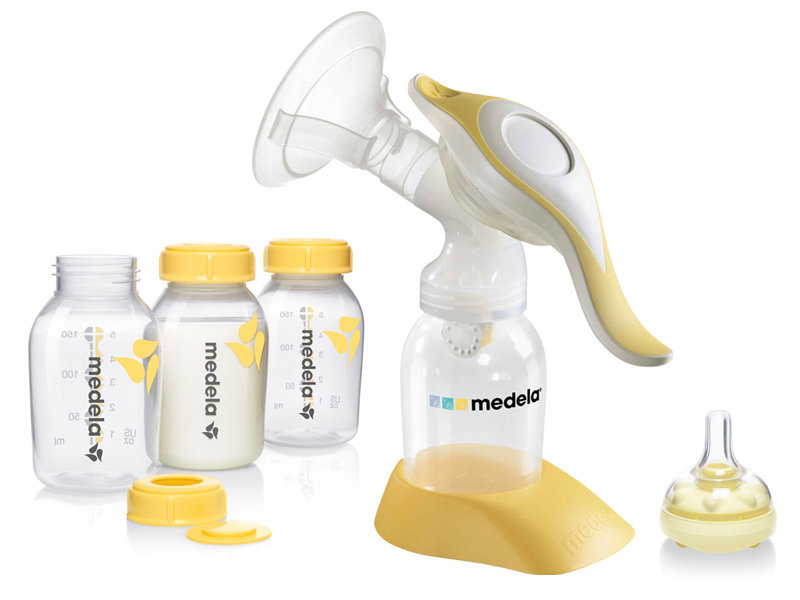
The most convenient type of manual breast pump. Consists of a breast attachment, a lever and a milk bottle. To start pumping, you need to attach the funnel to the nipple and press the lever. Products usually have a massage funnel, which reduces the likelihood of painful sensations. Some devices are additionally equipped with breast pads and a nipple.
Advantages
-
Easy to use.
-
Easy to disassemble and sterilize.
-
Suitable for frequent use.
-
Expressing is like sucking a baby.
-
Does not cause pain or injury to the chest.
disadvantages
-
Piston breast pumps are more expensive than pear models and 'syringes'.
-
The pumping process can be tedious and lengthy.
-
The lever may break with frequent use.
Electric breast pumps
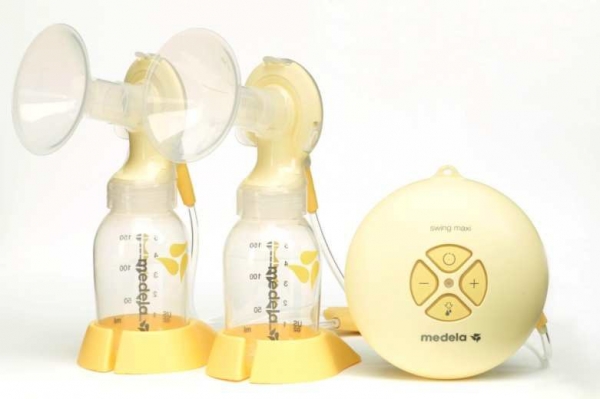
This is the most convenient type of breast pump. Operates on batteries or mains. As with manual models, the funnel is firmly attached to the nipple, but the woman does not need to make an effort to start the milk flow process. Expression occurs due to the action of an electric motor.
Electric models collect milk quickly and painlessly. In this case, the mother can choose the intensity with which the pumping will take place. The milk is collected in a bottle, from which the baby can be fed later.
Some models provide biphasic pumping that is similar to actual breastfeeding. At first, the device works quickly, promoting milk production, and later begins a leisurely and deep expression.
Advantages
-
Suitable for regular pumping.
-
Mom does not need to exert physical effort to express milk.
-
Does not cause pain or injury.
-
There are models with which milk is expressed from two breasts at the same time.
-
They imitate breast sucking well.
disadvantages
-
Most models make noise during operation.
-
Difficult to wash completely.
-
The most expensive type of breast pump.
Which breast pump to choose
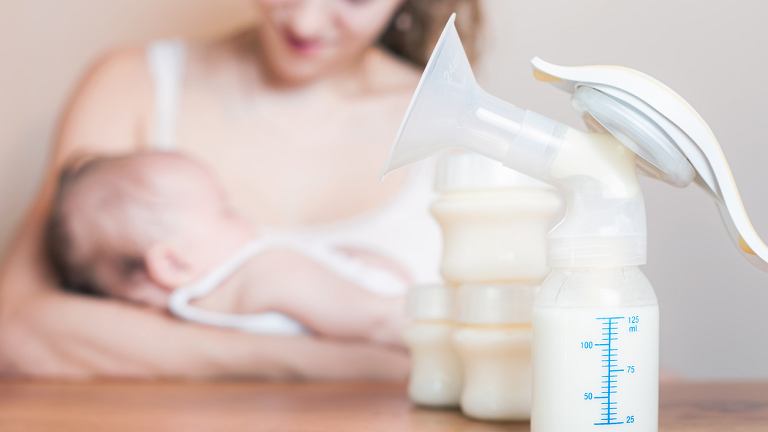
For regular, long-term use, an electric breast pump is best. If you constantly need to express your breasts, but want to save as much time as possible, choose a double breast pump.
Reciprocating models are a good and more affordable option. They are easy to use, highly effective and, most importantly, do not cause discomfort. Suitable for both regular use and occasional use.
Syringe and bulb models are designed for rare use. They are lightweight and compact, you can put them in your purse and take them to work, visit or play. Their use is often discouraged.
!
In the next article, our experts will tell you how to choose the right cream for stretch marks.
Attention! This material is the subjective opinion of the authors of the project and is not a purchase guide.



